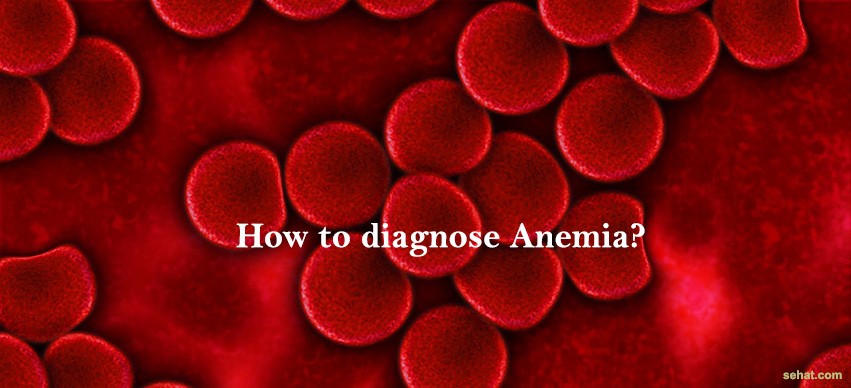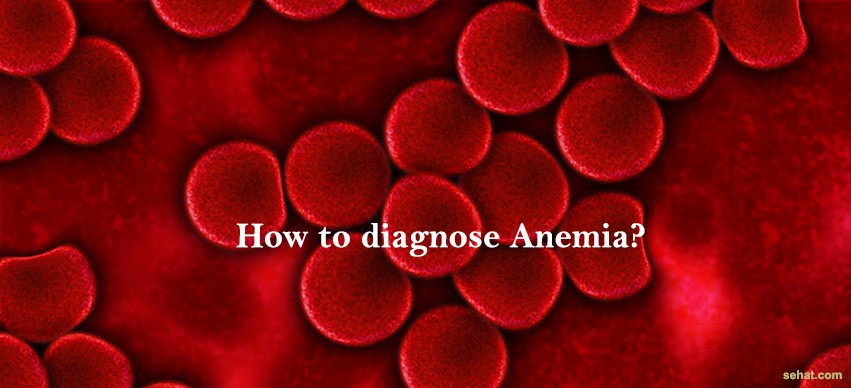Nanoparticle Therapy – An Emerging Cancer Treatment
5 Min Read


Anemia is to have less than normal count of Red Blood Cells (RBCs) or lesser quantity of hemoglobin in your blood. Some of the symptoms of anemia are fatigue, loss of energy, dizziness, leg cramps, insomnia etc. It is proven that these symptoms are more seen in teenagers than grownups. A major chunk of the female population is more prone to anemia than males. Diagnosing anemia is critical to cure it before it advances and becomes a life threatening disease. It involves examining of medical and family histories, a physical exam and various other tests.
1. Complete Blood Count (CBC): Anemia can be diagnosed by taking a Complete Blood Count (CBC). This report gives out the number of RBCs and amount of Hemoglobin in the blood.
2. Iron Level in blood: Another test is to determine the blood iron levels in the body. The serum ferritin levels are the best indicators of iron quantity in our blood. The deficiency of these levels cause anemia which is an indication of poor health of the individual.
3. Vitamin Levels: Essential vitamins like B12 and folate are important in producing enough RBCs hence tests to determine these vitamin levels is also as important.
4. Other critical tests: Some of the cases of anemia ask for critical tests that determine the reticulocyte count in our body. Also bilirubin and other urine tests are done to know if one is suffering from hemolytic anemia. This is to confirm if the RBCs have shortened life span.
5. Bone Marrow Sample: Other rare cases of anemia make it compulsory for the doctor to take a bone marrow sample to determine the type of anemia. This is a lot painful and is avoided in many cases unless really necessary.
6. Medical and Family history: The doctor may also ask the patient about any previous cases of anemia in the family history or the type of medicines used, diet followed or any specific blood loss occurred in their life.
7. Physical Tests: Tests determining your heartbeat rate, breathing, size of your spleen and liver are also done to make sure if there are any symptoms of anemia.